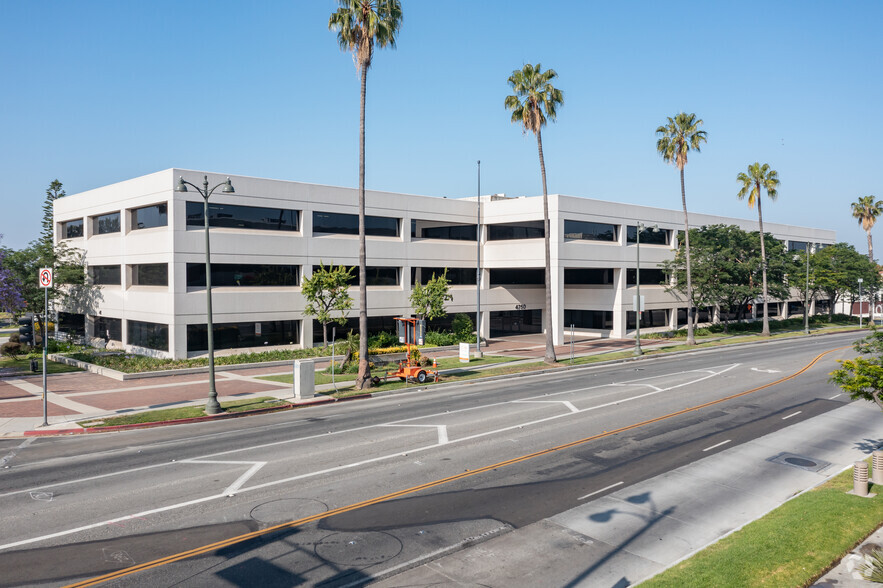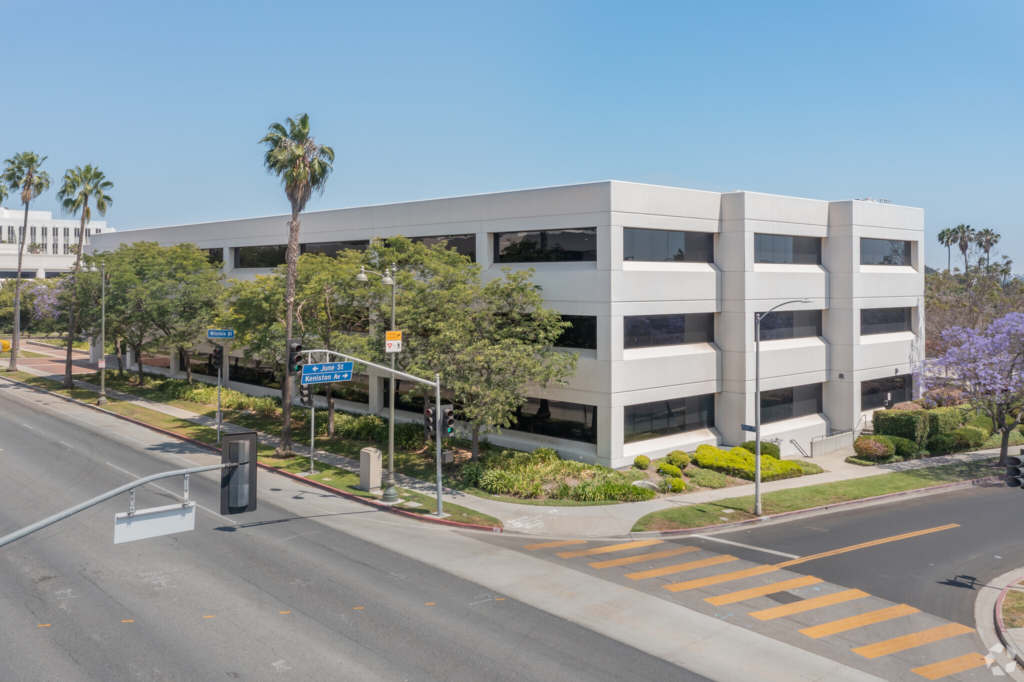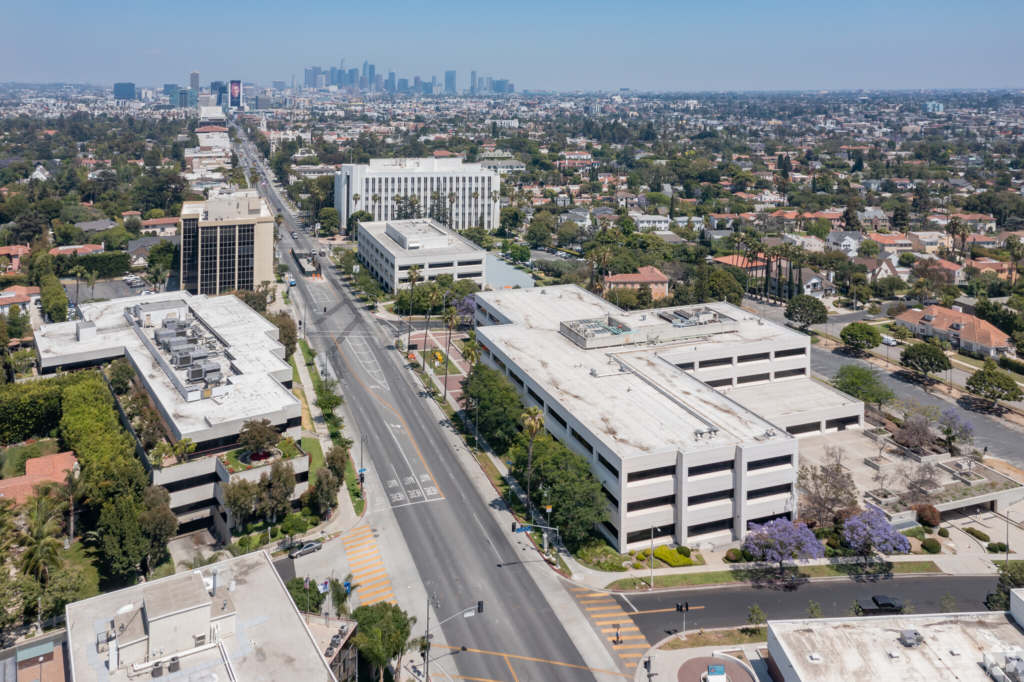Adaptive Reuse: A Viable Strategy for Office Spaces?
December 20, 2021

Read More:
ARTICLES
- Direct to Consumer Brands & Commercial Retail Spaces
- Adaptive Reuse: A Viable Strategy for Office Spaces?
- COVID-19 and Commercial Real Estate
- Right-of-Way Appraisals
- Tax Code Changes
- Assessing Risk to Commercial Properties
- Fair Market Rental Value in Commercially Leased Spaces: Appraisal Methods
MARKET INSIGHTS
- May 2022 Trends and Market Insights
- February 2022 Trends and Market Insights
- November 2021 Trends and Market Insights
- September 2021 Trends and Market Insights
QUARTERLY NEWSLETTERS
- 2Q2023: LA and Inland Empire
- 1Q2023: LA and Inland Empire
- 4Q2022: LA and Inland Empire
- 3Q2022: LA and Inland Empire
- 2Q 2022: LA and Inland Empire
- 1Q 2022: LA and Inland Empire
- 4Q 2021: LA and Inland Empire
- 3Q 2021: LA and Inland Empire
Keep up with our latest research and analysis! Articles are a deep dive into special topics. Market Insights round up the latest reporting trends and market movements for the region. Quarterly Newsletters present essential data, statistics, and analysis for every major CRE market sector in Los Angeles and the Inland Empire on a quarterly basis (drawn from CoStar data).
Contact Us

Matthew Lubawy, MAI, CVA
Senior Managing Director
Valbridge Property Advisors
LA@valbridge.com
(626) 486-9327
www.valbridge.com
2022 TRENDS TO WATCH
At Valbridge Property Advisors Los Angeles-Inland Empire , we’re constantly on the lookout for market trends and movements that impact you. In addition to our quarterly newsletters and other reporting, we also conduct independent research and analysis to help you keep ahead of a fast moving commercial real estate market.
This month, we’re taking a deep dive in the world of adaptive reuse: repurposing commercial buildings for residential or mixed use purposes. What are the pros and cons? Is it a smart investment? How does an accurate valuation play into that strategy?
Read on to find out more (or read this article on our website).
ADAPTIVE REUSE: A VIABLE STRATEGY FOR OFFICE SPACES?
It’s no secret that after a dismal two years, office space is in dire trouble. Now many investors are beginning to rethink the logistics of turning empty office space into mixed use properties. But is this kind of redevelopment a realistic strategy to regain traction in a struggling commercial real estate space?
A Los Angeles Case Study
Enter 4750 Wilshire: originally built for Farmers Insurance in the mid-80s, this 100K+ sq ft campus has been a target for just such a redevelopment.

4740 Wilshire Blvd., photo via Loopnet
CIM Group, a real estate owner, operator, lender, and developer, has recently filed plans with the Los Angeles City Planning Commission to convert part of their currently unused office space on 4750 Wilshire Blvd to a 168-unit multifamily property. 4750 Wilshire Blvd and office conversion have been topics of discussion, planning, and re-planning for CIM Group even before the pandemic began. After initial conversion plans failed with a nearby property, 4680 Wilshire Blvd., CIM decided to forgo any plans of conversion and attempted to sell 4750 Wilshire. But the market conditions generated by the pandemic made it clear that strategy was a dead end, so CIM filed new plans to convert 4750 into a 168-unit complex with potential for a mixed use property. (The Real Deal)
Market Forces Encouraging Adaptive Reuse
As the trajectory of 4750 Wilshire shows, the concept of converting unused office space to a mixed use property is hardly a new concept, but the debate around adaptive reuse as a viable concept has reinvigorated in the last two years. And Los Angeles is not alone in this trend – Washington DC and other urban areas are passing adaptive reuse ordinances while investors and developers (like CIM Group) are giving adaptive reuse another go. (For an in-depth examination of office conversions and reuse in the DC area, see this whitepaper from the DC Policy Center.)
However, there’s no question that Los Angeles is ahead of most urban areas, given the history of adaptive reuse in the region. The LA City Council’s 1999 adaptive reuse ordinance allowed projects in distressed buildings in downtown LA to undergo a streamlined process, resulting in an influx of new housing options, pedestrian-friendly neighborhoods, and convenient transportation options.

4740 Wilshire Blvd., photo via Loopnet
Between 2014 and 2019, Los Angeles created about 28,000 housing units on commercially zoned land, far more than any other larger metro area in California (via LAist and the UC Berkeley Terner Center for Housing). This trend is likely to continue in Los Angeles, which is good news for 4750 Wilshire and other similar projects.
After all, market forces aren’t the only winds blowing towards adaptive reuse: as cities across California are under pressure to meet new state-mandated housing goals established by the Regional Housing Needs Assessment (RHNA), repurposing commercial property can present a more appealing option than endless (and politically costly) struggles around single-family zoning and increasing density. In March of 2021, the LA City Council voted to begin exploring a plan that would expand L.A.’s 1999 adaptive reuse ordinance citywide, while requiring new projects to create housing units that are affordable for moderate-income families (via LAist).
What spells success?
Structurally, the buildings that hold the most potential for conversion are those that are outdated. The more compliant an office complex is with today’s commercial building codes, a more challenging (and costly) renovation is required to meet mixed use or residential space requirements.
Also critical is relative pricing: in order to make a conversion project worth the time, effort, and finances, the projected outcome of an adaptive reuse effort obviously needs to be high. This is more financially viable where land costs and office rents are lower – like in suburban and emerging markets – or where residential or mixed use rents will be higher post-conversion.
And last but certainly not least: accurate, independent, and reliable valuations are a must-have for assessing the utility of a project. “The larger the gap between commercial and residential valuations,” reported the Washington DC study, “the more profitable it is to renovate and re-lease office buildings, as well as the more difficult for residential developers to compete to acquire them.” (via DC Policy Center).

4740 Wilshire Blvd., photo via Loopnet
Although there are many obstacles in front of successful adaptive reuse, there are benefits. Apartments in a mixed-use property drive a higher return than those not in a mixed-use space by nearly 14%. Not only can empty office spaces be reworked as useful spaces themselves, but once reworked will also drive a higher return to the surrounding spaces (via Forbes). And adaptive reuse is a more environmentally friendly option as well.
Architect Karin Liljegren, who has been working on adaptive reuse projects in L.A. for more than 20 years, said to LAist, “We all need to start thinking about reuse. Just to think about demolishing a building — the energy that takes, where that goes, and bringing in all new stuff and starting from scratch — it just doesn’t make any sense.” (via LAist)
The Bottom Line
While some investors are waiting for a mass “back-to-office” phase that seems unlikely to ever materialize, others are seizing the moment. Savvy investors will look for opportunities where residential and commercial valuations diverge sharply to spot potential projects. And finally, keeping a close eye on the fate of some key adaptive reuse projects – like 4750 Wilshire, whose success remains an open question – and watching how the market responds to those offerings will be essential to those seeking to capitalize on this strategy in coming months.
As always, our team of experts is on hand to assist with any commercial real estate appraisal needs you may have throughout the Los Angeles and Inland Empire. We appreciate the opportunity to serve you!
Request a Consultation
Valbridge welcomes single-property assignments as well as portfolio, multi-market and other bulk-property engagements.
By submitting my data I agree to be contacted
